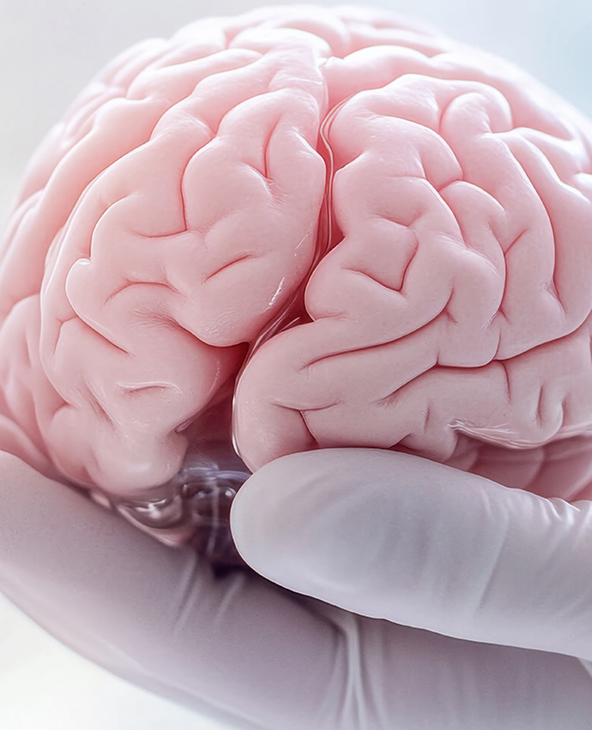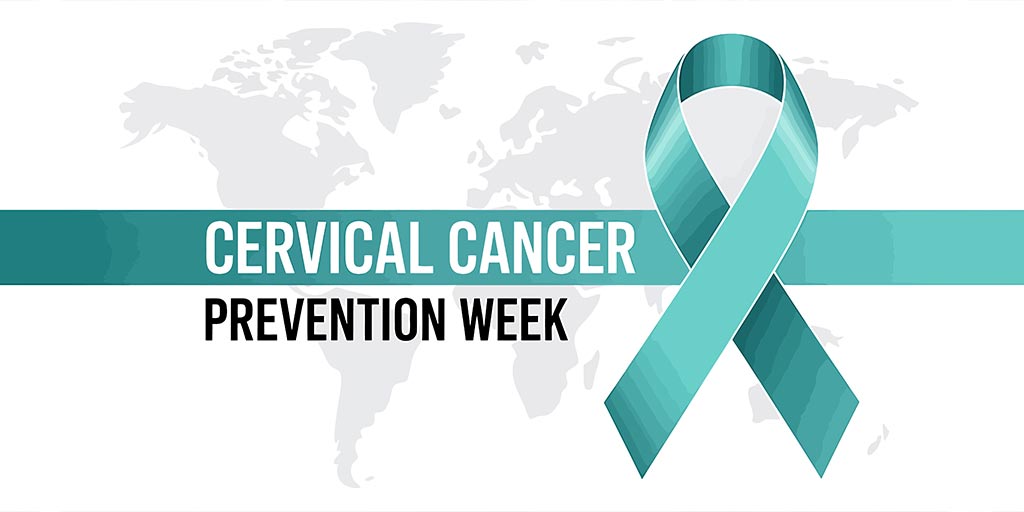Hydrocephalus is a brain condition caused by the build up of excess cerebrospinal fluid (CSF) within the brain’s ventricles, leading to increased pressure and progressive damage to brain tissue. For patients with the potentially life-altering neurological disorder, the Department of Neurosurgery at Graphic Era Hospital offers specialised care and advanced treatments, including minimally-invasive neuroendoscopic procedures such as Endoscopic Third Ventriculostomy (ETV), or ventriculoperitoneal (VP) shunt surgery. With a multidisciplinary team and paediatric expertise, we focus on accurate diagnosis, timely intervention, and long-term management to prevent complications and preserve neurological function in patients across all age groups, from newborns to elderly people.
When to Seek Hydrocephalus Screening and Consultation
Hydrocephalus can develop at any age and often progresses gradually. Recognising the symptoms early can help prevent long-term neurological damage. Consult a specialist if you notice:

- Rapid increase in head size (in infants)
- Bulging fontanelle (soft spot) in babies
- Irritability, poor feeding, or vomiting in infants
- Developmental delays or difficulty walking in children
- Headache, nausea, or blurred vision
- Balance issues or frequent falls
- Urinary incontinence without a clear cause
- Memory problems or difficulty concentrating
- Gait disturbances in elderly people
- Symptoms of Normal Pressure Hydrocephalus (NPH): slow walking, confusion, and urinary urgency
Things to Know Before Starting Hydrocephalus Treatment
Before beginning treatment for hydrocephalus, several clinical and procedural considerations should be taken into account:
- Type of hydrocephalus (congenital, acquired, or normal pressure)
- Underlying cause, such as birth defects, infections, trauma, haemorrhage or tumours
- Severity and progression of symptoms
- Age of the patient, infant, child, adult, or elderly
- Risks and benefits of surgical options like shunt placement or endoscopy
- Long-term need for monitoring and follow-up imaging
- Possibility of shunt revisions or complications over time
- Cognitive or motor impact requiring rehabilitation
- Emotional and family support, especially for paediatric cases
- Special considerations during pregnancy if congenital hydrocephalus is detected in the fetus
Hydrocephalus Treatments Available at Graphic Era Hospital
Our neurosurgical team offers both conventional and advanced treatment options tailored to the type and severity of hydrocephalus.
- Ventriculoperitoneal (VP) Shunt Surgery: The most common treatment, where a shunt is placed to divert excess cerebrospinal fluid from the brain to the abdomen, relieving pressure.
- Endoscopic Third Ventriculostomy (ETV): A minimally invasive neuroendoscopic procedure used to treat certain types of non-communicating hydrocephalus by creating a new pathway for CSF flow.
- Paediatric Hydrocephalus Management: Specialised care for newborns and infants, including congenital hydrocephalus, with ongoing developmental support and family-centred guidance.
- Normal Pressure Hydrocephalus (NPH) Treatment: Diagnosis and treatment of NPH in elderly people, often involving Programmable shunt placement to improve mobility, scognition, and bladder control.
- Neuroimaging and Diagnostic Services: MRI and CT scans to assess ventricle size, identify causes, and monitor treatment response.
- Rehabilitation and Long-Term Follow-Up: Physiotherapy, occupational therapy, and neurocognitive assessments to support recovery and quality of life post-surgery.
Why Choose Graphic Era Hospital for Hydrocephalus Treatment

Specialised Hydrocephalus Services Available at Graphic Era Hospital
We offer integrated services for the diagnosis, treatment, and management of hydrocephalus across all age groups.
Diagnostic and Imaging Services
- MRI and CT scans for ventricle assessment and CSF flow analysis
- Prenatal imaging to detect fetal hydrocephalus
- Evaluation for Normal Pressure Hydrocephalus in elderly patients
Surgical and Endoscopic Interventions
- Ventriculoperitoneal (VP) shunt placement
- Endoscopic Third Ventriculostomy (ETV) for obstructive hydrocephalus
- Shunt revision surgeries for malfunction or infection
- Minimally invasive procedures for quicker recovery and reduced scarring
Paediatric and Congenital Hydrocephalus Care
- Specialised management of congenital and neonatal hydrocephalus
- Multidisciplinary support including neurology, neonatology, and rehabilitation
- Family education and developmental follow-up
Post-Surgical Recovery and Rehabilitation
- Physical and cognitive rehabilitation to restore function
- Monitoring of shunt function and long-term outcomes
- Lifestyle counselling and support for children and adults with chronic hydrocephalus
Top Hydrocephalus Treatments Available at Graphic Era Hospital
- Ventriculoperitoneal (VP) Shunt Surgery
- Endoscopic Third Ventriculostomy (ETV)
- Paediatric Hydrocephalus Management
- Normal Pressure Hydrocephalus (NPH) Treatment
- Shunt Revision and Monitoring
- Neuroimaging and CSF Flow Assessment
Blog
Frequently Asked Questions
What is hydrocephalus and how does it affect the brain?
Hydrocephalus is a condition where excess cerebrospinal fluid builds up in the brain’s ventricles, increasing pressure and potentially causing damage to brain tissues. It can affect motor skills, cognition, and overall neurological function if untreated.
Is hydrocephalus a lifelong condition?
In many cases, hydrocephalus requires long-term management, especially if treated with a shunt. Regular follow-up is essential to monitor the condition and address any complications that may arise over time.
What are the early signs of hydrocephalus in children?
Symptoms in children may include an unusually large head, bulging soft spot (fontanelle), poor feeding, irritability, vomiting, delayed milestones, or difficulty with balance and coordination.
How is hydrocephalus diagnosed?
Diagnosis typically involves neuroimaging tests such as MRI or CT scans to assess the size of brain ventricles and evaluate cerebrospinal fluid flow. In some cases, further tests are done to assess symptoms and underlying causes.
What is the difference between communicating and non-communicating hydrocephalus?
Communicating hydrocephalus occurs when CSF is not absorbed properly despite open pathways, while non-communicating hydrocephalus results from a blockage within the ventricular system preventing CSF flow.
Can hydrocephalus be treated without surgery?
Most cases of hydrocephalus require surgical intervention, such as shunt placement or endoscopic procedures. Non-surgical treatment is limited to symptom management and is generally not curative. In some cases removal of the brain tumour relieves the pressure of hydrocephalus and, then you shunt surgery is not required.
What is a VP shunt and how does it work?
A ventriculoperitoneal (VP) shunt is a device surgically implanted to divert excess CSF from the brain’s ventricles to the abdominal cavity, where it can be absorbed, relieving pressure on the brain.
What are the risks of shunt surgery?
Risks include infection, blockage, over-drainage, or the need for future revisions. However, with proper surgical technique and follow-up care, most patients recover well.
How successful is hydrocephalus treatment?
When diagnosed and managed early, treatment can significantly improve the quality of life by preventing further brain damage. Most patients can lead a normal healthy and productive life.
Does hydrocephalus affect mental function?
If untreated, hydrocephalus can impair memory, learning, and cognitive function. Early intervention helps reduce or prevent these effects, especially in children and elderly people.
What follow-up care is needed after hydrocephalus surgery?
Follow-up includes monitoring for shunt function, regular imaging, neurodevelopmental assessments (for children), and symptom review to detect any signs of complication or recurrence.
Is hydrocephalus more common in infants or adults?
It can occur at any age, but congenital hydrocephalus is more common in infants. Normal Pressure Hydrocephalus (NPH) typically affects elderly people.Brain Tumour can be associated with hydrocephalus at any age.
Can normal pressure hydrocephalus be reversed?
Yes, in many cases, symptoms such as gait imbalance, cognitive decline, and urinary issues improve significantly after shunt placement.
What lifestyle adjustments are needed after treatment?
Patients may need to avoid contact sports, attend regular follow-ups, and monitor for symptoms of shunt malfunction. Children may require developmental support or therapy.
Does Graphic Era Hospital offer paediatric neurology services?
Yes, our Department of Neurosurgery provides specialised care for paediatric hydrocephalus, with support from neonatology, rehabilitation, and developmental specialists.
Take Control of Your Liver Health Today
At Graphic Era Hospital, comprehensive care for acute liver failure is our priority. With experienced specialists, advanced medical support, and a patient-focused approach, we are dedicated to delivering the best possible treatment and recovery outcomes. Whether you need urgent medical intervention, long-term liver management, or expert guidance for the liver transplant and further management, our team is here to help. To book a consultation with one of our liver specialists, call 18008897351 or fill out our contact form.











